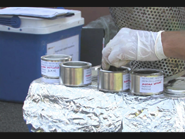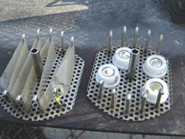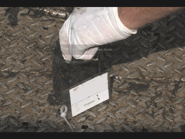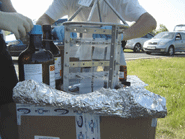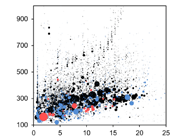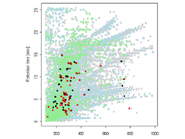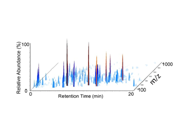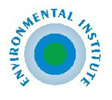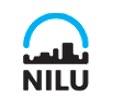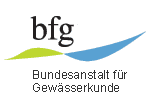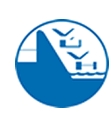You are here
Outcomes of WG2 on bioassays and biomarkers in water quality monitoring
2012 - Expert Opinion on Toxicity Profiling – Report from a NORMAN Expert Group Meeting
One important outcome of the Bioassays Working Group was the submission in August 2012 of an opinion paper “Expert Opinion on Toxicity Profiling – Report from a NORMAN Expert Group Meeting" to the Integrated Envir. Assessment and Management Journal (IEAM) (Integr Environ Assess Manag. 2013 Apr;9(2):185-91. doi: 10.1002/ieam.1395. Epub 2013 Feb 19).
The paper presents the conclusions of the expert group meeting organised by NORMAN in 2009 on the applicability of toxicity profiling for diagnostic environmental risk assessment, with a view to possible regulatory acceptance of these tools in the European Union as part of the implementation of the Water Framework Directive.
2013 - 2014 - NORMAN interlaboratory study on in vitro bioassays for testing of concentrated surface water samples and EDA fractions
In 2013 - 2014 Bioassays WG organised a blind interlaboratory comparison study (ILS) of a battery of in vitro bioassays for testing of concentrated surface water samples. The aim of this ILS was to improve knowledge of the variability of the test results (i.e. to verify whether bioassays on complex water extracts can be conducted in different laboratories with the same results and variability), with a view to promoting the use of biotests for water quality monitoring at the level of European policy-makers.
This ILS allowed the validation of a common battery of bioassays which has been applied in the simplified protocol and demonstration programme organised in 2014 as part of the ITN EDA EMERGE project, as well as in the 2013 Joint Danube Survey (JDS3). In close connection with the NORMAN activity on large volume active sampling for effect based monitoring, chemical screening and EDA (Leader UFZ, Germany), a methodology was developed where a battery of biotests, selected and validated by NORMAN, was applied as proof of concept on about 30 samples of approximately 1000 L obtained with large volume active sampling from the Joint Danube Survey 3.
2015 - 2016 - WG-2 experts will contribute to the “Support to Science Policy Interface (SPI) action on Effect-based and chemical analytical monitoring approaches for steroidal oestrogens”. The main objective of this action is to demonstrate the application potential of effect-based tools as screening tools for endocrine disrupting activity in surface water, in combination with chemical analysis under the WFD. The study will compare seven specific effect-based methods and three highly sensitive chemical analytical methods for cost-efficient monitoring of three steroidal estrogens (17α-ethinylestradiol, 17β-estradiol and estrone) which are part of the first EU Watch List.
